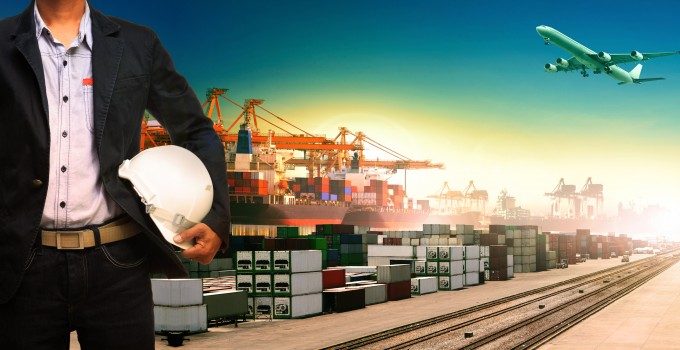Artificial intelligence could find the answer to airport landside cargo congestion
Airport stakeholders have turned to AI technology to relieve the serious congestion that has plagued ...
WTC: RIDE THE WAVEFDX: TOP EXEC OUTPEP: TOP PERFORMER KO: STEADY YIELD AND KEY APPOINTMENTAAPL: SUPPLIER IPOCHRW: SLIGHTLY DOWNBEAT BUT UPSIDE REMAINSDHL: TOP PRIORITIESDHL: SPECULATIVE OCEAN TRADEDHL: CFO REMARKSPLD: BEATING ESTIMATESPLD: TRADING UPDATEBA: TRUMP TRADE
WTC: RIDE THE WAVEFDX: TOP EXEC OUTPEP: TOP PERFORMER KO: STEADY YIELD AND KEY APPOINTMENTAAPL: SUPPLIER IPOCHRW: SLIGHTLY DOWNBEAT BUT UPSIDE REMAINSDHL: TOP PRIORITIESDHL: SPECULATIVE OCEAN TRADEDHL: CFO REMARKSPLD: BEATING ESTIMATESPLD: TRADING UPDATEBA: TRUMP TRADE

There are less than four months to go until IATA’s e-AWB target should be met. But at the end of July, the industry’s e-AWB penetration stood at a relatively lowly 29.2% – meaning that, assuming August’s growth rate was just 0.5% as it was in July, there needs to be an acceleration of more than 3.8% each month for the rest of the year for IATA to hit its already-delayed 45% target. It’s disappointing – there was much optimism in the first quarter that the target would be achieveable. But apparently this slow-moving industry continues to lag in the technology stakes.


Comment on this article